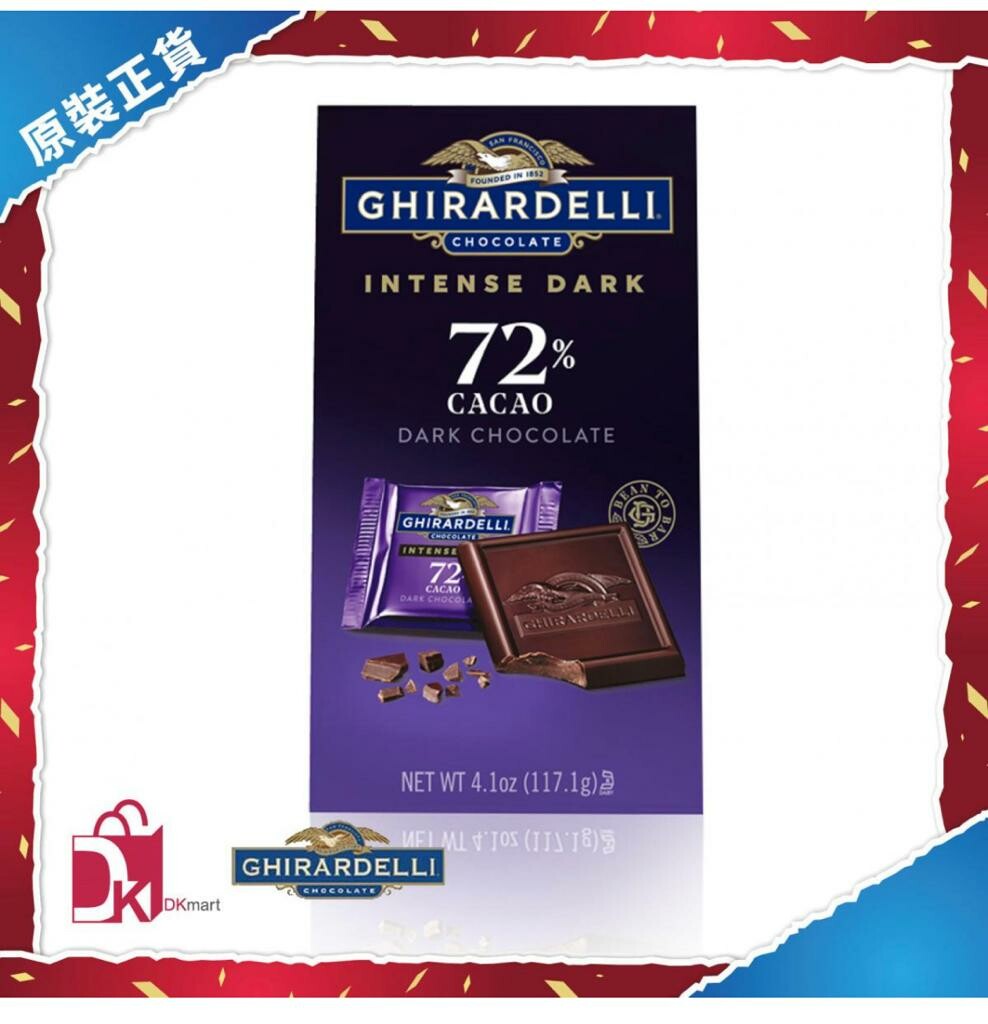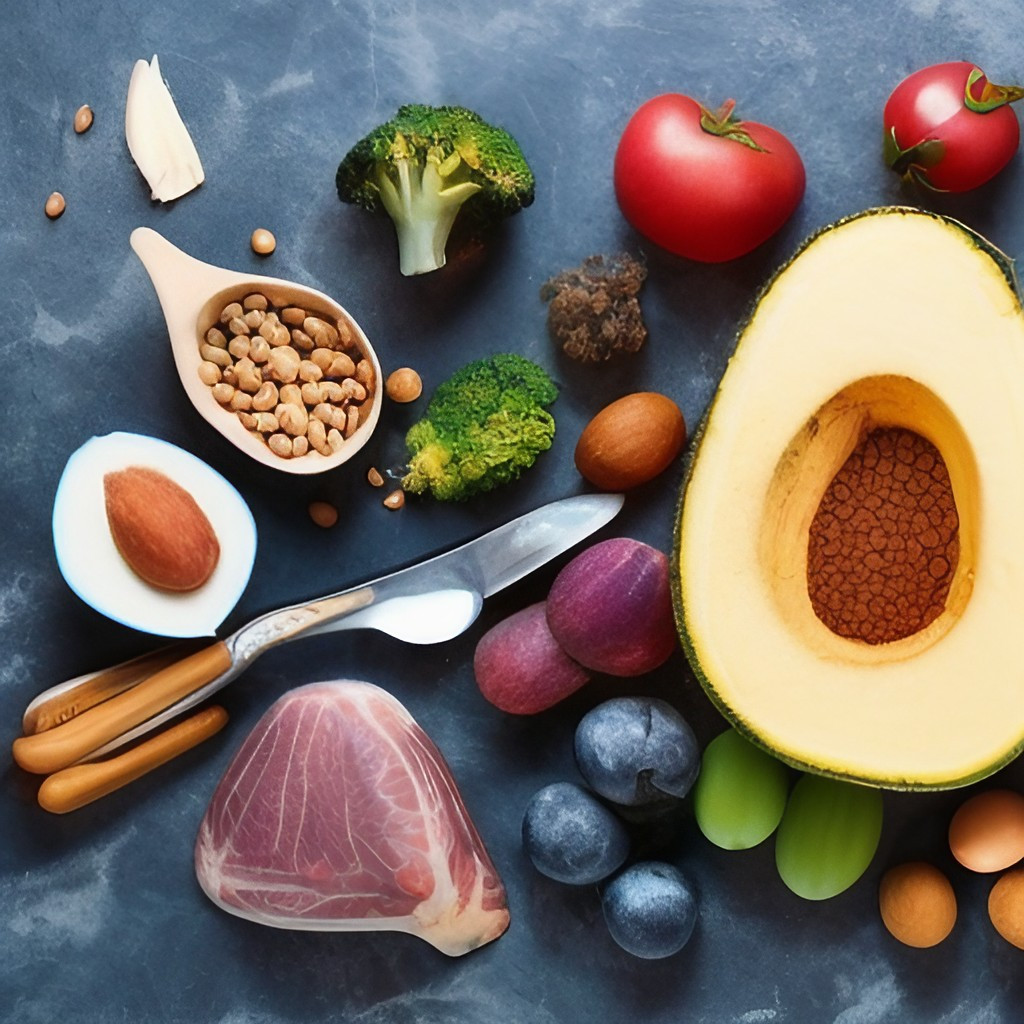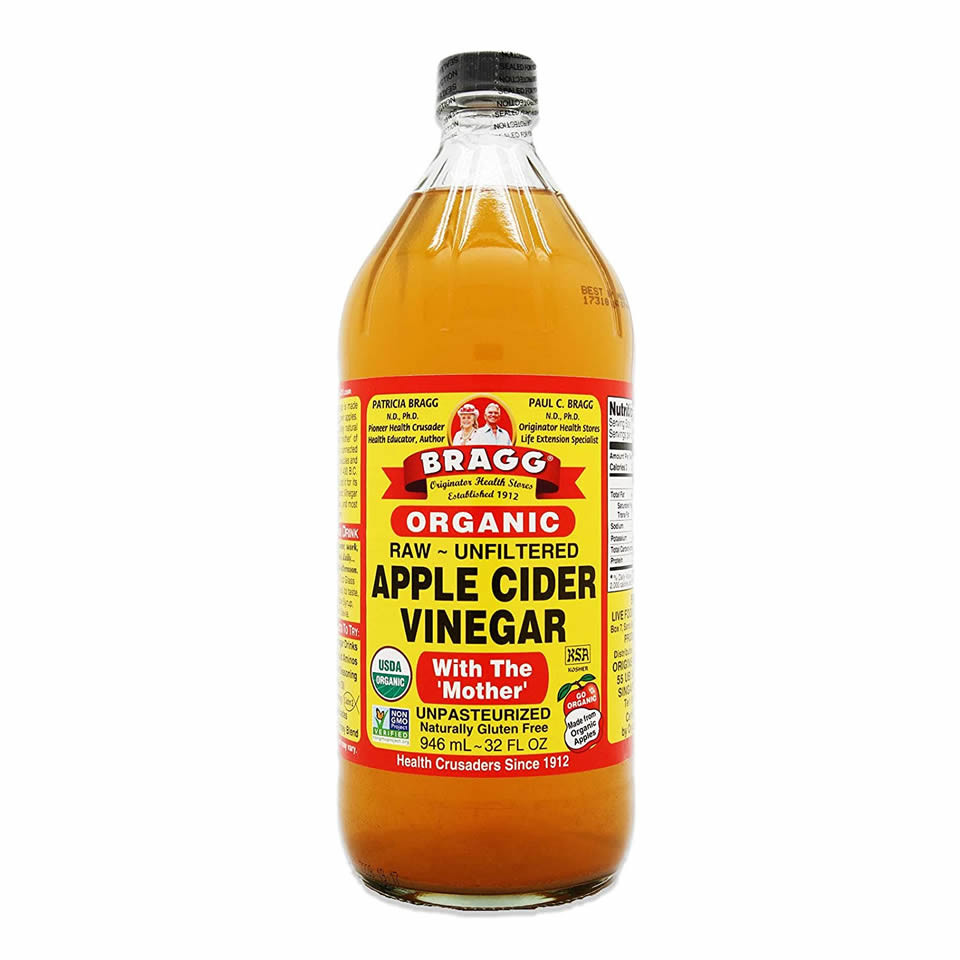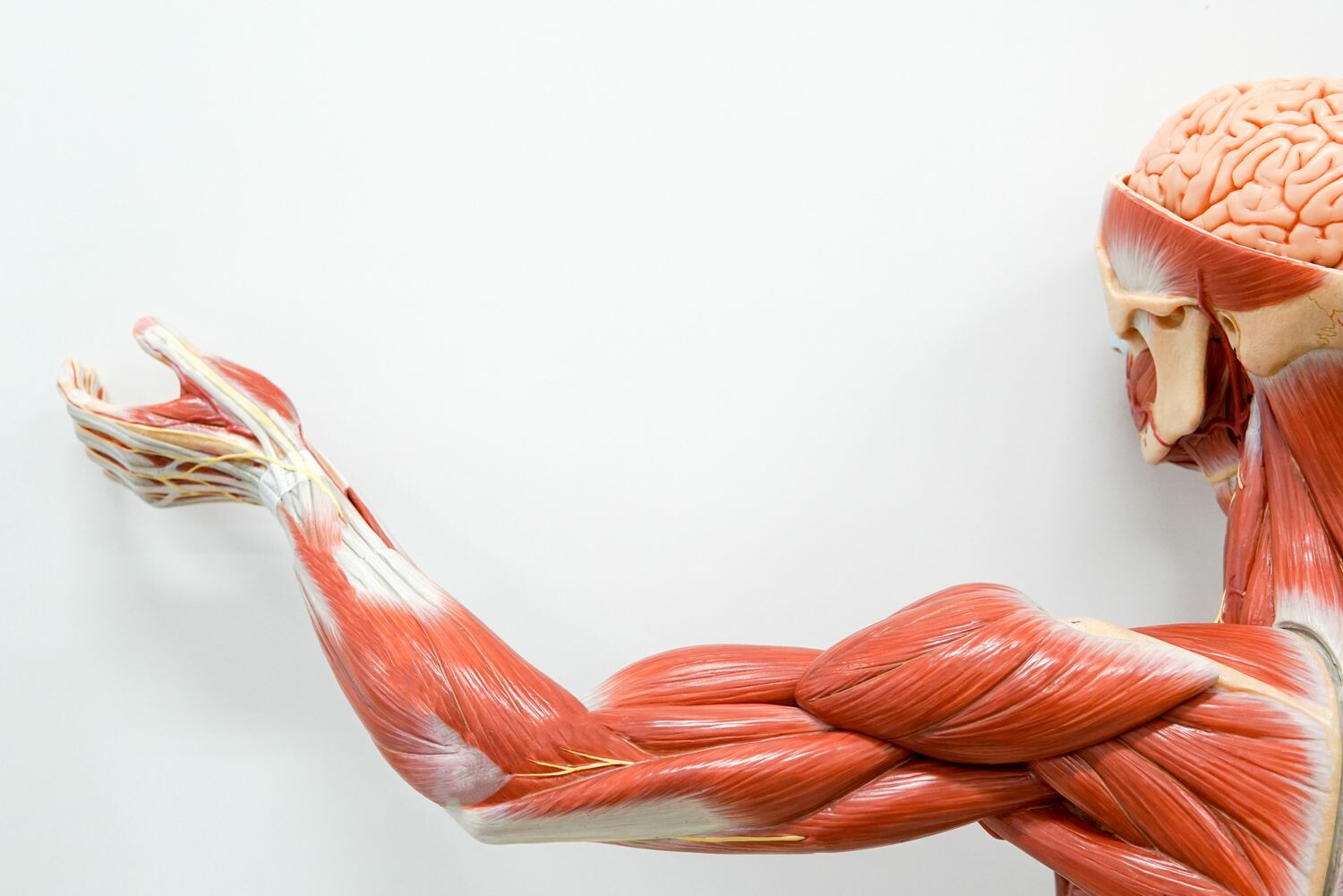
As wellness coach, I am often asked about the impact of certain foods on blood sugar levels. One question that comes up frequently is whether or not eating fruit can cause sugar spikes. The short answer is that it depends. Let's dive into the science behind fruit and blood sugar.
First, let's clear up what we mean by "sugar spikes." When we eat, our bodies break down carbohydrates into glucose, which is used for energy. When our blood sugar levels rise too quickly and exceed a certain threshold, it can trigger an insulin response. Insulin helps the body absorb glucose and bring blood sugar levels back down to a healthy range. However, if our blood sugar spikes too high too quickly, it can lead to insulin resistance over time.
Now let's talk about how fruit fits into this picture. The glycemic index (GI) is a measure of how quickly a food raises blood sugar levels. Foods with a high GI (above 70) are more likely to cause sugar spikes, while those with a low GI (below 55) are less likely to do so. Most fruits fall somewhere in the middle, with a GI between 40-60. However, there are some fruits that have a higher GI, such as watermelon and pineapple, which can cause a more significant spike in blood sugar levels.
Let's give some attention to some popular fruit and vegetables to keep mindful of. Bananas can vary greatly depending on their ripeness, with brown and spotted bananas containing higher sugar content which pushes them into the high GI category. Pineapple is more moderate with a GI of 66 while carrots clock in at 71. Watermelon has a GI of 72 and parsnips are among the highest for vegetables with a score of 97. White potatoes can also be very high, ranging from 87 to 111 depending on how they are cooked. For this reason, it's best to consume them in moderation and at the right time of day instead of using them as snack foods.
However, it's essential to note that the GI of a food is not the only factor that impacts blood sugar levels. Fiber slows down the absorption of glucose, which means that foods with a higher fiber content are less likely to cause sugar spikes. Fruits are a great source of fiber, as well as a variety of vitamins and minerals that are essential for overall health. Choosing whole fruits over fruit juices or dried fruit can also help regulate blood sugar levels.
It's important to keep in mind that everyone's body reacts differently to different foods. Some people may be more sensitive to certain fruits, while others may be able to tolerate them well. The timing of when you eat fruit can also impact blood sugar levels. Eating fruit with a meal that contains protein, fat, and fiber can help slow down the absorption of glucose. They make for a great dessert.
So, does eating fruit cause sugar spikes? It depends on the fruit, the timing of consumption, and the individual. However, as a general rule, fruits are an excellent source of fiber, vitamins, and minerals that have many health benefits. As with any food, it's all about moderation and balance. If you're concerned about your blood sugar levels, work with a healthcare professional to create a plan that works for you. Here's to enjoying the natural sweetness of fruit without any guilt or fear of sugar spikes.

Recently, news reports have raised alarm bells about lead and cadmium levels in some chocolate products. With the health of our families being paramount, it is understandable that we would be concerned and want to know if eating certain chocolates carries any potential risks. In this blog, we will explore the facts about lead and cadmium in chocolate so that parents can be informed and make decisions accordingly.
Lead and cadmium are metals that can be found naturally in the environment, but which can also enter our food and water supply as a result of industrial pollution. Both metals are toxic to humans, particularly for young children whose developing bodies are more vulnerable to their effects.
While it is still unclear to what extent lead and cadmium exist in chocolate products, there have been some studies that suggest that certain brands may have higher levels of these metals than others. However, it is important to note that the amounts present do not necessarily pose a health risk unless consumed in excess.
While it's impossible to completely avoid consuming lead and cadmium in our food, there are some steps you can take to minimize your risk. Make sure to buy chocolate from brands that have reliable safety records and adhere to FDA guidelines, as well as other quality standards such as the Global Food Safety Initiative (GFSI). Additionally, try to consume chocolate in moderation and avoid overindulging. Eating too much of any type of food can cause health problems, regardless of the levels of lead or cadmium it contains. For my local friends, these “safe” chocolates can be purchased on HKTVMALL: Taza Chocolate’s Organic Deliciously Dark Chocolate 70% Cacao, Valrhona’s Abinao Dark Chocolate 85% Cacao, Ghiradelli’s Intense Dark Chocolate 86% Cacao, and Ghiradelli’s Intense Dark Chocolate Twilight Delight 72% Cacao.
In conclusion, while some scientific studies have found that certain brands of chocolate contain lead and cadmium, it's still unclear if the amounts present in these products are enough to cause any harm. To stay safe, opt for brands with reliable safety records and adhere to the FDA's recommended limits for lead and cadmium consumption. Eating chocolate in moderation can help you enjoy this treat responsibly and minimize your risk of health problems from heavy metals. Let us not forget that there certainly are health benefits to eating dark chocolate too. As parents, it is our responsibility to stay informed and make sure that our families are eating the healthiest foods possible. With this blog, we hope to have provided you with the information you need to enjoy your chocolate.











